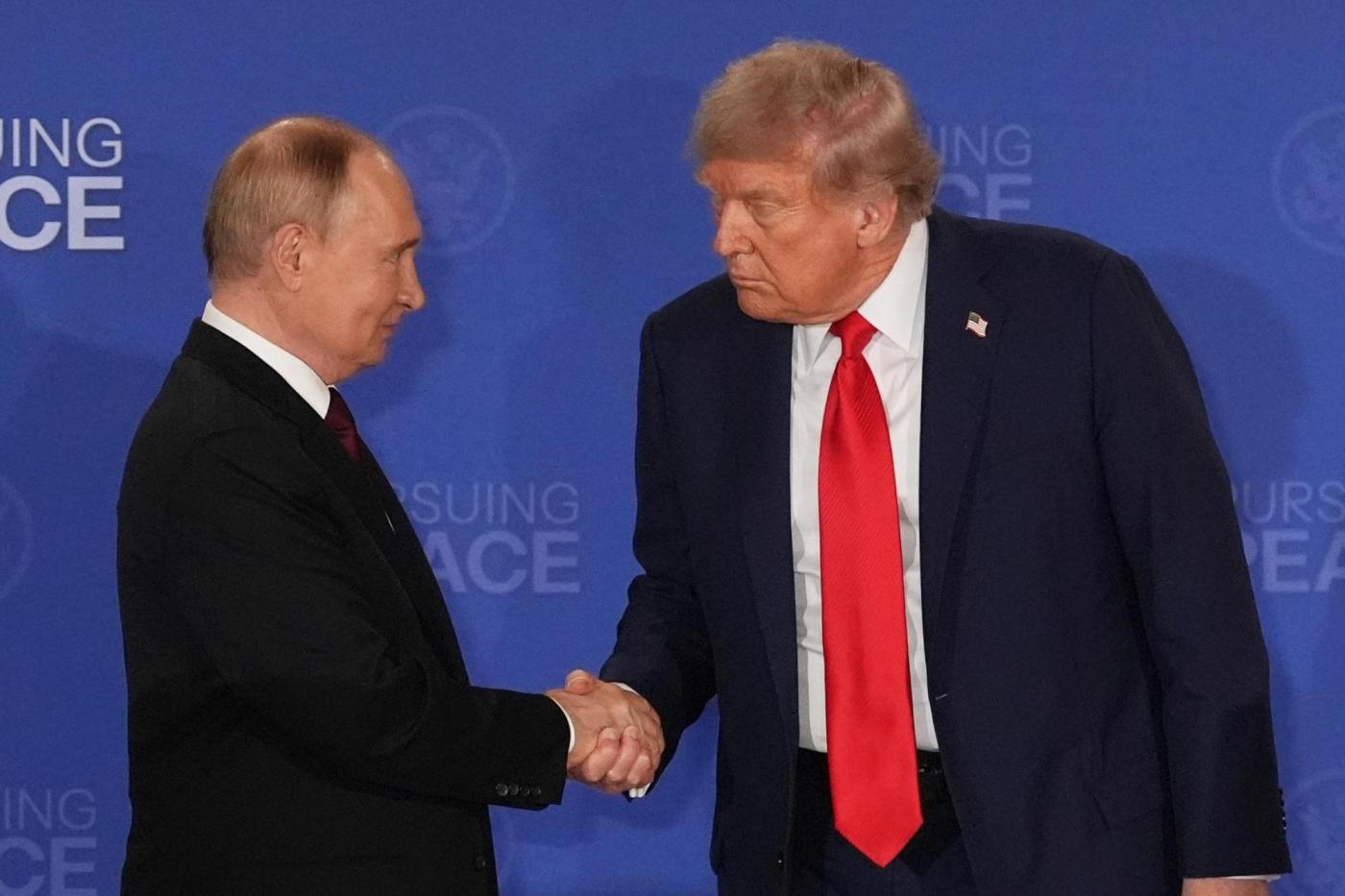Three building-trade unions representing more than 10,000 laborers, heavy equipment operators, plumbers, and pipefitters have left the Connecticut AFL-CIO after a failed effort to oust Ed Hawthorne as president of the state labor federation.
The leaders of two of the unions—the Laborers and Operating Engineers—confirmed the decision to disaffiliate with the AFL-CIO but declined to comment on what led to the challenge and subsequent split. The leader of the third union, Pipefitters Local 777, could not be reached for comment.
Keith R. Brothers, leader of the Connecticut Laborers District Council, said his union formally disaffiliated on October 1, a month after a slate opposing Hawthorne and other top leaders dropped their challenge. The slate was led by Joelyn Leon, the AFL-CIO’s recent political director, and included Brothers himself.
Brothers also serves as president of the State Building Trades Council and was general vice president of the AFL-CIO. While the Building Trades Council will remain affiliated with the AFL-CIO, both Brothers and Operating Engineers official Tiana Ocasio are set to be replaced as AFL-CIO officers this Friday.
The implications of these changes for the labor movement and the atmosphere at the two-day AFL-CIO convention remain unclear. Hawthorne declined an interview request. The convention, where he is expected to be reelected before adjourning on Friday, was closed to the press.
In an emailed statement, Hawthorne suggested that differences are inevitable within such a large and diverse federation.
> “The Connecticut labor movement has a vast and diverse membership—from nurses and teachers to bus drivers, machinists, firefighters, and construction workers,” Hawthorne said. “While we may not always agree on every issue, every union in our state remains committed to fighting for workers’ rights and advancing policies that improve the lives of working people. We understand that every union must also make the choices they feel are best for their members.”
Tensions within the AFL-CIO are not new. Four years ago, the building trades nearly bolted the federation, complaining that it was dominated by public-sector unions that were not always supportive of their issues. One such issue then was the belief that they did not receive adequate support for their lobbying efforts toward Governor Ned Lamont’s unsuccessful attempt to reinstate tolls to fund infrastructure projects producing construction jobs.
The industry and the trade unions invested $1.5 million lobbying for the tolls.
Despite these challenges, the building trades have maintained cordial relations with Governor Lamont, whose administration has agreed to project-labor agreements on major projects and supported the expansion of the State Pier in New London—an important hub for offshore wind projects and associated union jobs.
Hawthorne’s relationship with Lamont, who is gearing up for a campaign for a third term, has been fraught at times. He sharply criticized Lamont after the governor vetoed an AFL-CIO priority bill that would have provided jobless benefits to striking workers.
> “Gov. Lamont has failed to hear the voices of thousands of working people who urged him to stand with striking workers,” Hawthorne said at the time. “The governor had a choice—to stand with corporate CEOs or to stand with working people. Unfortunately, he chose corporate CEOs.”
One union that supported Hawthorne against the challenge slate was SEIU 1199. Its president, Rob Baril, has also been a vocal critic of Lamont, particularly opposing the governor’s stance against a more progressive tax code and increased state spending.
Baril confirmed his support for Hawthorne but downplayed its significance in ending the leadership challenge.
> “I think reports of my importance in Ed’s retaining leadership are greatly exaggerated,” he said.
Baril, a member of the Connecticut AFL-CIO executive board, was out of state on union business and not attending the convention. He said he had no insights into what was driving the recent departures.
> “I haven’t been following closely who’s left and who hasn’t, and I don’t really have a strong opinion on it,” he explained.
It is worth noting that Baril’s parent union, the Service Employees International Union (SEIU), has its own complex history with the national AFL-CIO. SEIU left the federation in 2005 and joined the short-lived Change to Win coalition, which sought a more aggressive approach to organizing new members. SEIU later rejoined the AFL-CIO.
Hawthorne comes from the public sector. Before becoming president, he was an AFSCME official and a lawyer at the state Department of Labor. He first won his term running on a slate with Shellye Davis, an AFT official representing paraprofessionals in Hartford schools.
Senator Julie Kushner, D-Danbury—a retired UAW executive and co-chair of the legislature’s Labor and Public Employees Committee—predicted that the building trades will remain an important voice on labor issues, even if outside the AFL-CIO.
Daniel McInerney, president of the Fairfield County Building Trades, is expected to take Brothers’ seat in AFL-CIO leadership, ensuring that the trades maintain a voice inside the federation.
In his statement, Hawthorne expressed optimism about the labor movement’s future collaboration.
> “We all understand the moment we’re in and the enormous challenges we all face,” he said. “To build a strong labor movement to meet this moment means we have to find a way to work together. I’m hopeful we will be able to do that.”
https://ctmirror.org/2025/11/06/ct-afl-cio/



